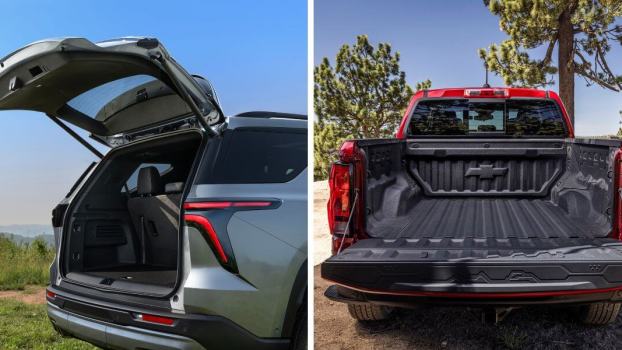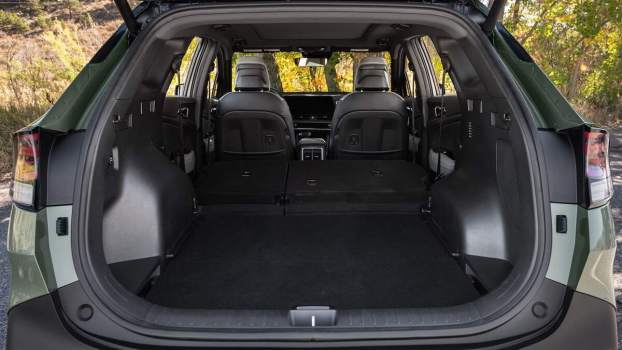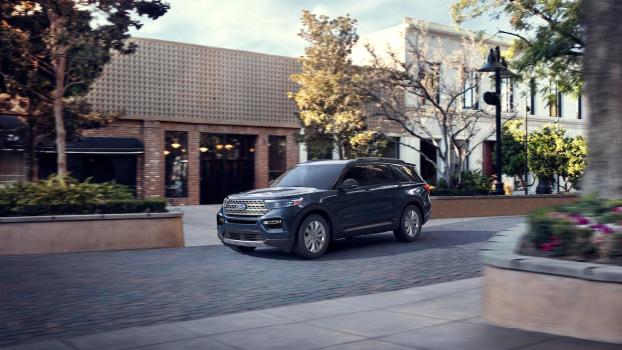
Power Liftgates: Everything You Need to Know About These Convenient SUV Features
SUVs, hatchbacks, wagons, and minivans benefit from a wide opening for the cargo area. However, that advantage comes with a drawback. Opening and closing a liftgate can be a hassle compared to opening and closing a sedan’s trunk. A liftgate is typically heavier than a trunk lid, and an upward-opening liftgate can be challenging for a shorter person to close. Luckily, there’s a solution. Power liftgates make SUVs, hatchbacks, and minivans easier to live with.
What is a power liftgate, and how does it work?
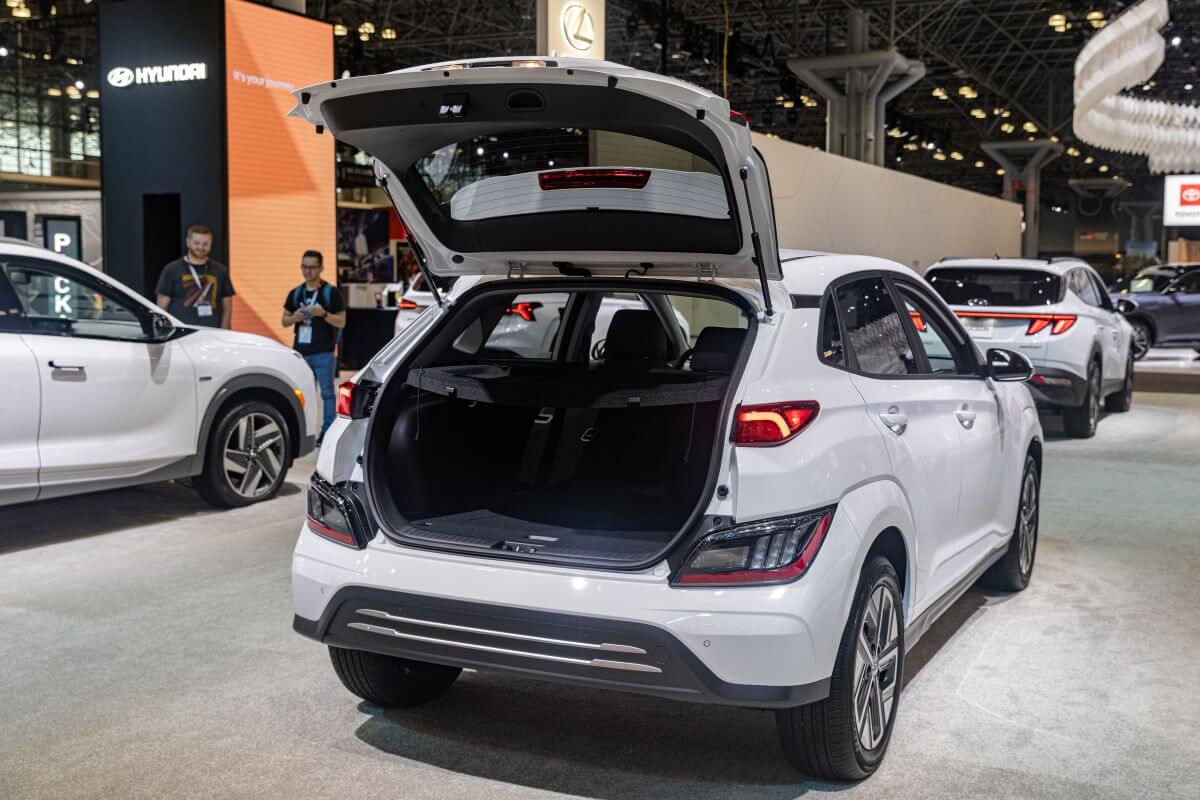
A power liftgate opens and closes automatically. Rather than using physical force to move the liftgate up, you push a button on your car’s key fob, dashboard, or liftgate, and the vehicle does the rest of the work. Perhaps more convenient, a power liftgate also closes automatically. Either push that same button on the key fob or a button on the hatch near the handle or inside the cargo area, and it will close by itself.
Some SUVs and minivans even have hands-free power liftgates that can be opened and closed by kicking your foot under the bumper or standing behind the car with the key fob in your pocket.
This feature comes with many benefits. When you arrive home with cargo to unload, push a button on your way out of the driver’s seat, and the liftgate will already be open by the time you get to the cargo area. While you’re unloading your belongings and have arms full of stuff, pushing a button is much easier than manually closing the liftgate.
What is the difference between a manual liftgate and a power liftgate?
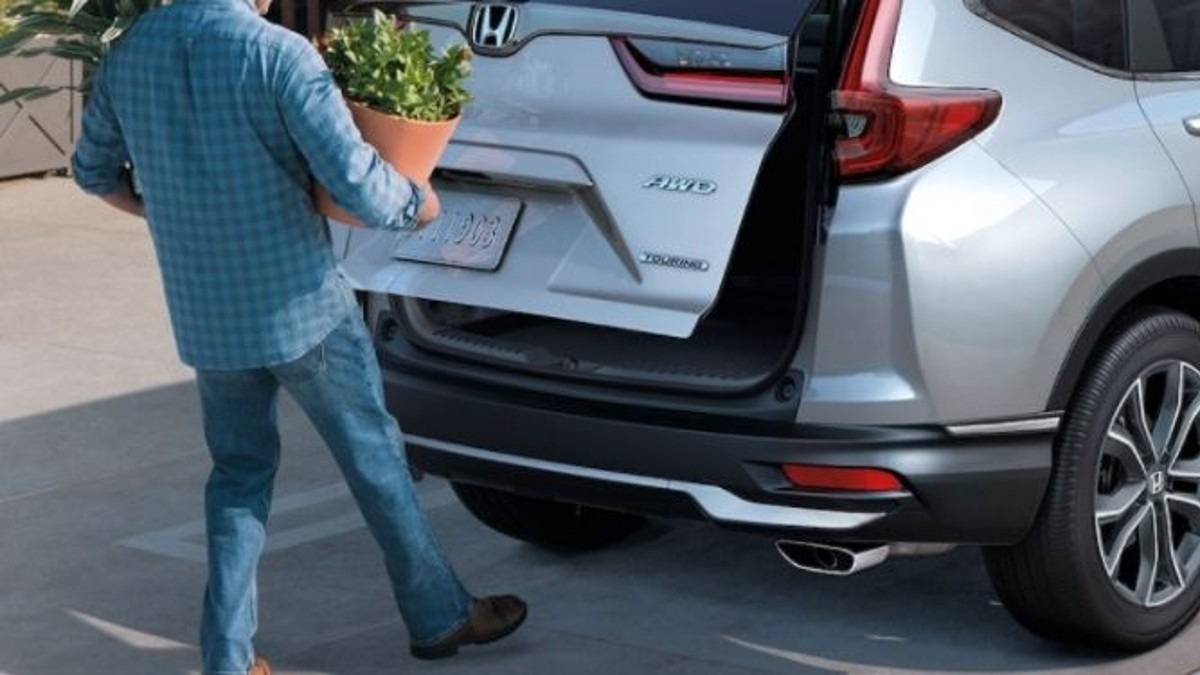
A manual liftgate requires your muscles to open and close. Many manual liftgates are hydraulically assisted, making them pretty easy to open once unlatched. However, manual liftgates aren’t always easy to close. Shorter people might have a hard time reaching them when they’re open. A power liftgate can open and close automatically at the push of a button. Some are even height-adjustable, another advantage for shorter users.
It’s technically possible to manually open a power tailgate. However, with most modern power tailgates, the robotics of the power tailgate take over as soon as you manually operate the hatch. Often, a power liftgate uses a button rather than a traditional hatch like a car door handle. You push a button rather than pull a lever, and the liftgate opens. Of course, you could manually close a power liftgate if you’d like, which doesn’t damage anything, but it’s usually harder because of the extra weight.
Can I add a power liftgate to my car?
It’s possible to add a power liftgate to a car that didn’t come from the factory with one. Doing so is typically easier if the vehicle was available with this feature when it was new but your model doesn’t have one. For example, the 2024 Honda CR-V offers a power liftgate in its EX-L, Sport-L Hybrid, and Sport Touring Hybrid trims but not in the LX, EX, and Sport Hybrid. So, if you have a CR-V in one of the lower trims, you can get the necessary factory equipment to retrofit a power liftgate for that model.
Also, you can find aftermarket kits to turn a manual liftgate into a powered version. However, some are surprisingly expensive and can cost around $850 to $1,800, MVI says.
Are power liftgates worth it?
They’re worth the cost as a factory option. However, it’s a questionable value to add this feature to a vehicle that doesn’t have it. In the CR-V example we mentioned earlier, we think upgrading to the EX-L trim for the power liftgate and other premium features like leather seats, wireless charging, and an eight-speaker audio system is worth the extra cost.
A power liftgate is one of those features you’ll regret not having whenever you need to access the cargo area with your hands full.
